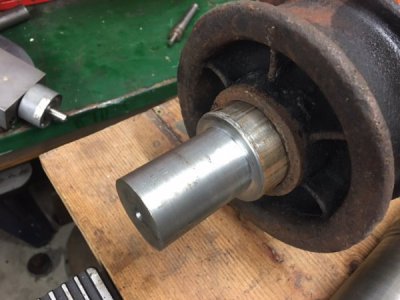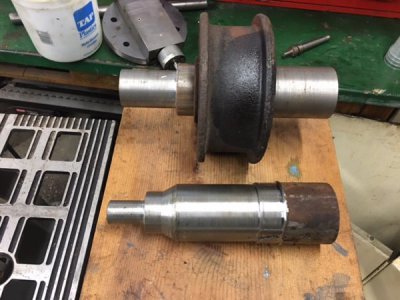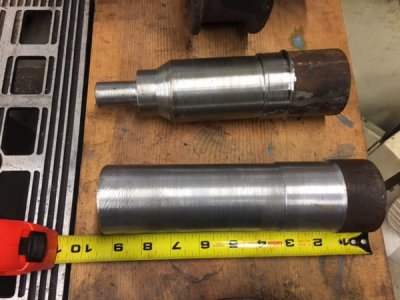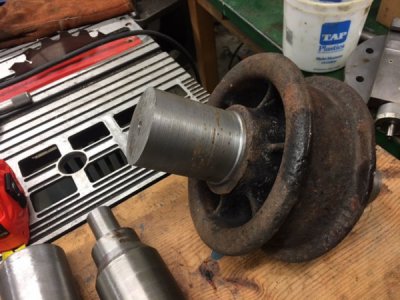There are several approaches available. To me, without actually seeing the project, I would press the wheel back on and drill a small hole in the joint between the end of the axle and the hub of the wheel. Starting at 1/8 inch and working up to maybe 5/16'. The 5/16" could be offset in the future with a square key but a round key will stand up to a lot of force. When you figure out how to make a good cut on your mill, and a broach for the wkeel you can make a square key if you needed it. Maybe a light knurling on the axle to give a "force fit" if it was loose. Didn't sound like it was, but loose on one job is tight on another. Depends on the service...
A round key was often used by railroad people a hundred or more years past. It wasn't right, but it worked well enough to get the job done. If it were me, I would use a roller from an old bearing as a pin and leave a little sticking out to get to later if I needed it off. There are several ways to do this key-ing, this seems to be the simplest and quickest so you could get back to the right-of-way debate.
By the way, I have some 7-1/2" stuff that I'm working on now and again. The small scale stuff (H-O) now, that's where most of the work is these days as I age.
Lots of alternative ideas floating around here, perhaps you will find the optimum one to use. Good luck with the old equipment, that stuff is a bear. An additional thought that night pay off someday is the way I make wheels. Too small for your stuff, but ya never know. Take a disk brake rotor and cut off the disk, leaving just enough for a flange. The hub would have to be large enough to make a wheel, of course. May save your butt one day. Bill Hudson NMRA 2125(Life)




